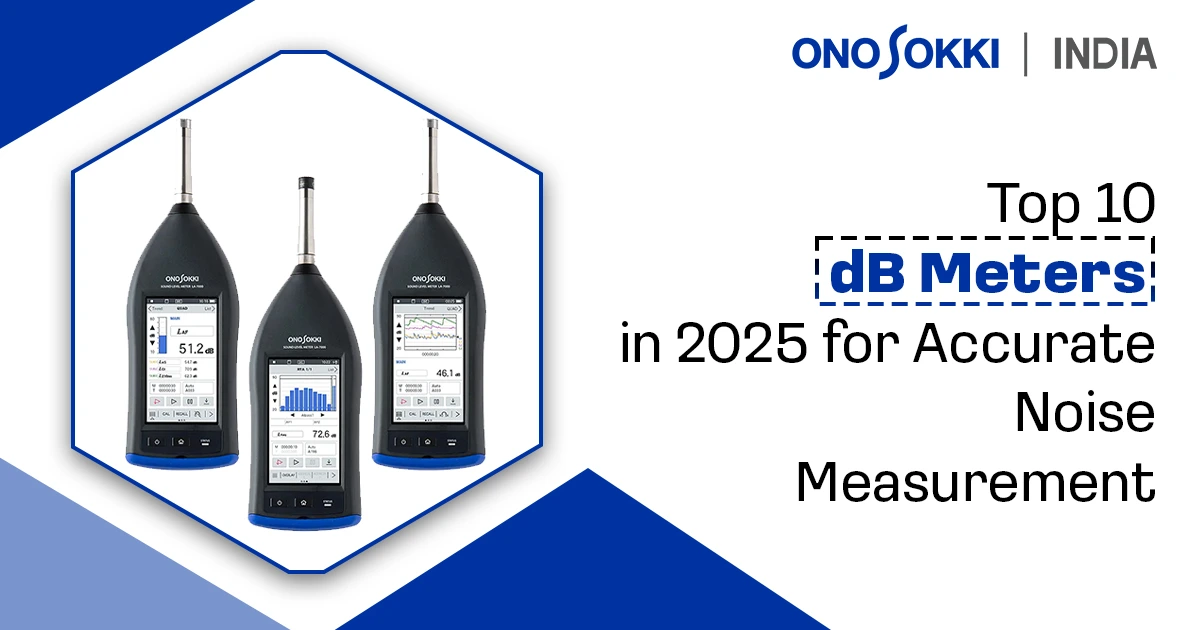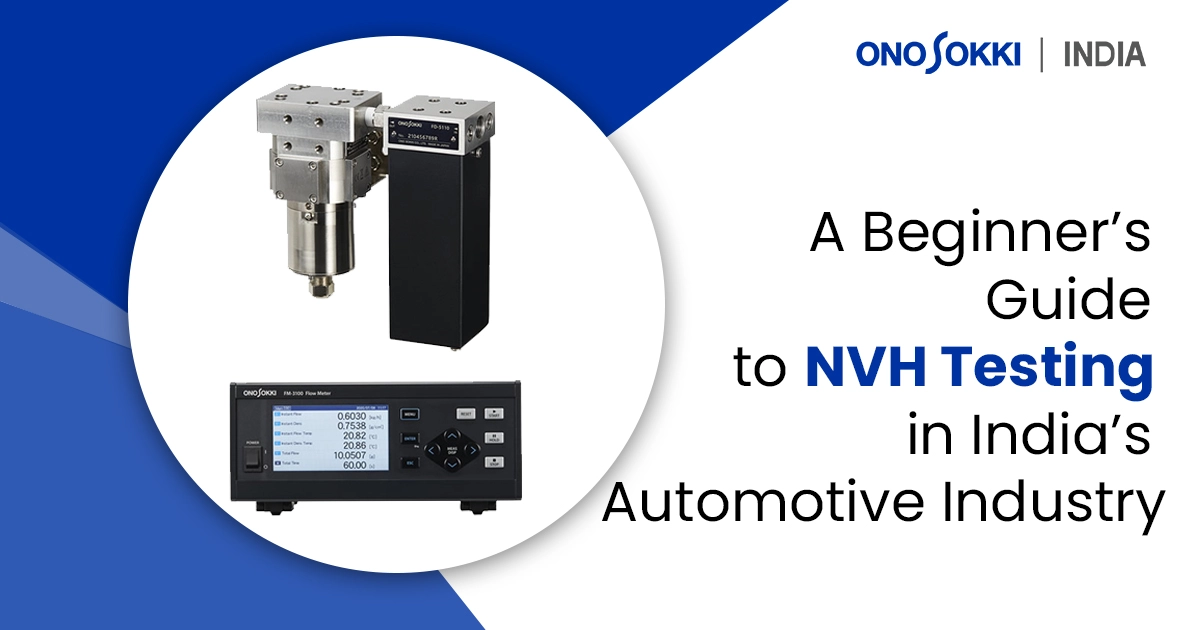



If you’ve ever driven a car that felt especially smooth and quiet, chances are you’ve experienced the result of good NVH engineering. In India’s bustling and competitive auto scene, NVH testing—short for Noise, Vibration, and Harshness—has become a key part of how vehicles are designed and refined.
For students studying automotive tech, engineers working on vehicle development, or anyone curious about what makes a car feel “right,” this guide lays out the essentials of NVH testing and why it’s gaining momentum across India.
NVH testing is all about measuring and minimizing those sounds and vibrations in a vehicle that can make the ride feel rough or noisy. It’s not just about silence—it’s about comfort.
Here’s how it breaks down:
The goal? A quiet, smooth, and enjoyable ride.
Cars on Indian roads face a whole different kind of challenge. The variety in driving conditions here makes NVH performance even more critical.
As Indian buyers grow more focused on quality, even small cars are expected to offer a more refined experience.
NVH testing uses a mix of specialized tools to pinpoint where unwanted noise and vibrations are coming from. Some of the essentials include:
All of these come together to help engineers figure out what needs fixing and how to improve the vehicle’s acoustic behavior.
Depending on what engineers are looking to fix or improve, several kinds of NVH tests are run. Here are a few common ones:
Tests if a car stays within legal noise limits as it drives past microphones on a track.
Focuses on the engine, gearbox, and drivetrain to see how much noise or vibration they create during driving.
Measures how noisy the car feels inside while cruising, accelerating, or idling.
Breaks things down further—testing individual parts like the dashboard, seats, or exhaust systems.
You can’t fix what you can’t find. Common troublemakers include:
Knowing the source helps engineers reduce the overall impact of these factors on ride comfort.
Fine-tuning NVH isn’t just about throwing in soundproofing—it’s a mix of smart design, materials, and tech.
Before any car hits the Indian roads, it has to meet specific NVH standards. These include:
Testing is usually handled by certified bodies like ARAI or ICAT, or through in-house testing at automaker labs.
The tools and techniques used for NVH testing have come a long way. And now, with the rise of electric vehicles and smart tech, the field is evolving faster than ever.
Electric vehicles are adding new challenges too. They’re quieter, yes—but now even the smallest motor whine or tire buzz becomes noticeable.
India has a solid foundation for NVH research and testing. Key players include:
Noise, vibration, and harshness might sound like minor details—but in reality, they play a huge role in how a car feels. For today’s auto manufacturers, getting NVH right is no longer optional. It’s essential.
And for India—where cars tackle noisy cities, tough roads, and extreme weather—it’s even more important.
Whether you’re a car maker, a designer, or a curious auto enthusiast, understanding how NVH testing works helps appreciate the effort behind every quiet, comfortable drive. With better tech, tighter regulations, and a customer base that demands quality, NVH is one area that’s only going to grow in importance.